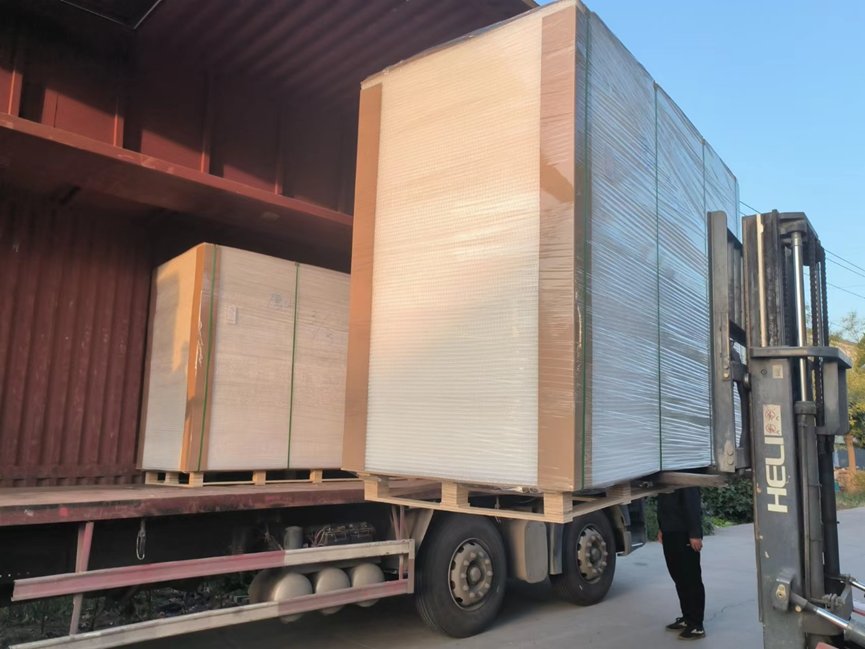Color steel rock wool sandwich panel

Color steel rock wool sandwich panels use Basalt and other natural minerals as the main raw material. It is made by melting into fibers at high temperatures, adding an appropriate amount of binder, and solidifying. It is a new type of fireproof panel with the strongest fire resistance among the sandwich panel series. Suitable for thermal insulation and sound insulation of drying rooms, paint rooms, industrial equipment, buildings, ships, etc. It is also suitable for electronic clean rooms, clean rooms, explosion-proof and train-proof workshop ceilings, partitions, etc. Fire resistance time 70 minutes. The thickness is 50-150mm.
Polyurethane PU foam sandwich board
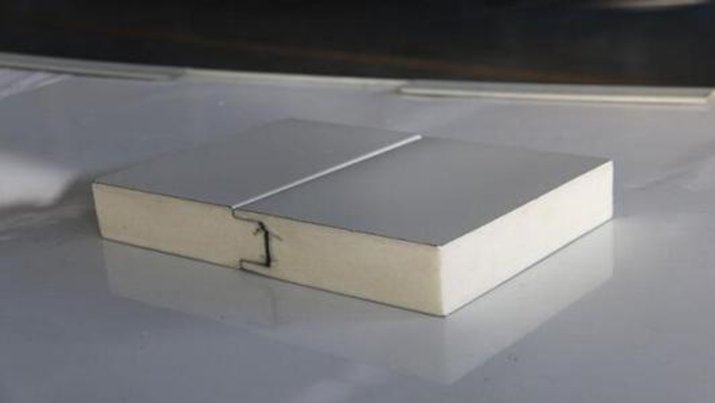
Polyurethane PU foam sandwich panel is a lightweight sandwich structure panel. The core material is polyurethane foam core (PU) and then bonded with two layers of panels of other materials (such as aluminium panels, fiberglass panels, etc.).
PU sandwich panels are widely used in exterior walls, roofs and ceilings of commercial and industrial steel structures. PU polyurethane sandwich panels are often used for fire protection and acoustic applications in these buildings due to their excellent thermal insulation properties. It consists of a wall and roof sandwich and is used in industrial halls, warehouses, logistics centers, commercial buildings, offices, sports halls rural buildings, etc.
Plastic honeycomb core sandwich panel
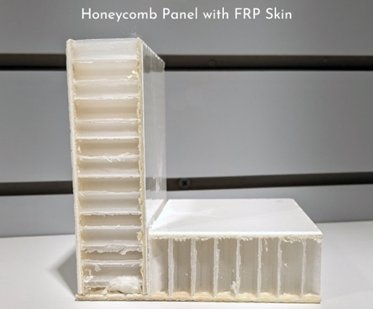
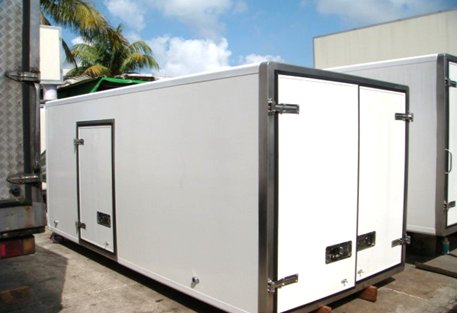
Honeycomb structure composite sandwich panel is a special type of composite material. The lightweight structure has the characteristics of optimal specific strength, specific stiffness, maximum fatigue resistance, flat and smooth surface, etc.
The honeycomb sandwich structure composite panel consists of 3 components:
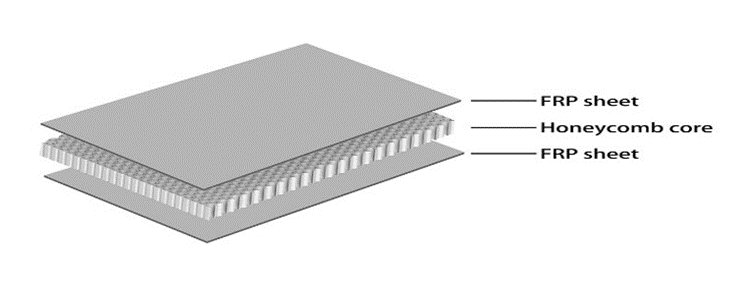
1. A pair of thin but strong panels to withstand axial load, bending moment and in-plane shear force;
2. Thick and lightweight honeycomb core, which separates the upper and lower panels to withstand the load and lateral shear transmitted from one panel to the other;
3. Adhesive, which can transmit shear force to the honeycomb core and from the honeycomb core to the panel.
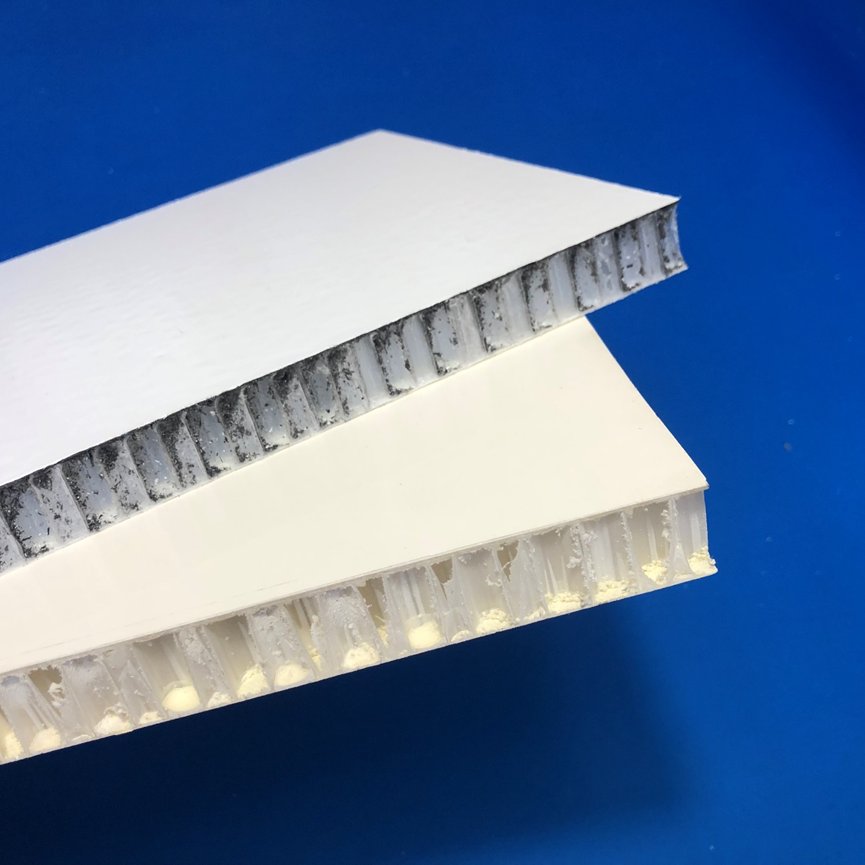
According to the basic theory of mechanical analysis of sandwich panels, its main mechanical performance characteristics are as follows:
1. The bending moment is mainly borne by the panel. The bending moment borne by the panels of honeycomb sandwich structure composite materials is much greater than the bending moment borne by the core;
2. The stress in the panel is nearly uniformly distributed along the thickness. Since the panel of the honeycomb sandwich structure composite material is very thin, the maximum stress in the panel is very different from the average stress, and the stress in the panel can be considered to be nearly uniformly distributed along the thickness;
3. The transverse shear force is mainly borne by the core. When the honeycomb sandwich panel is loaded, it will produce a bending moment and lateral shear force perpendicular to the panel surface. Because the panel is very thin, it can bear little lateral shear force, and the lateral shear force is mainly borne by the core;
4. The transverse shear strain of the core cannot usually be ignored. Since the transverse shear elastic modulus of the core of the honeycomb sandwich is not large, the transverse shear strain cannot be ignored;
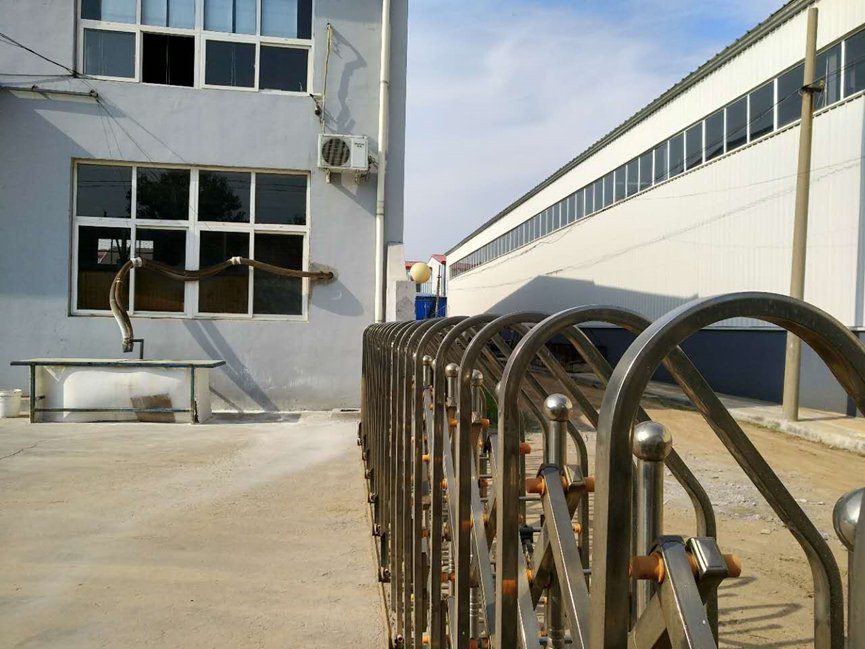
Qingdao Achieving Honeycomb Panel Co., Ltd. has focused on plastic honeycomb-related products for decades.. It has relatively mature workers, advanced production equipment, and professional technicians. The honeycomb sandwich structure panels have the following properties:
1. Lightweight, high strength, especially the high bending stiffness. The bending stiffness of honeycomb sandwich structure composite materials of the same mass is about 5 times that of aluminium alloy.
2. It has an extremely high flat surface and high-temperature stability, is easy to form and not easy to deform. It can be made not only into flat panels but also into single and double-curved panels, making it easier to disassemble and assemble after being made into vehicle parts.
3. Excellent corrosion resistance, insulation and environmental reset. It can adapt to the terrible environment in railway EMUs and kinds of passenger cars; In addition, according to the application required, the surface can be spray-painted or surface-pasted with fireproof boards to achieve good decorative and defensive properties.
4. Unique resilience. It can absorb vibration energy and has a good effect on sound reduction, so it is of great help to Sound insulation and shock absorption for civilian use.
